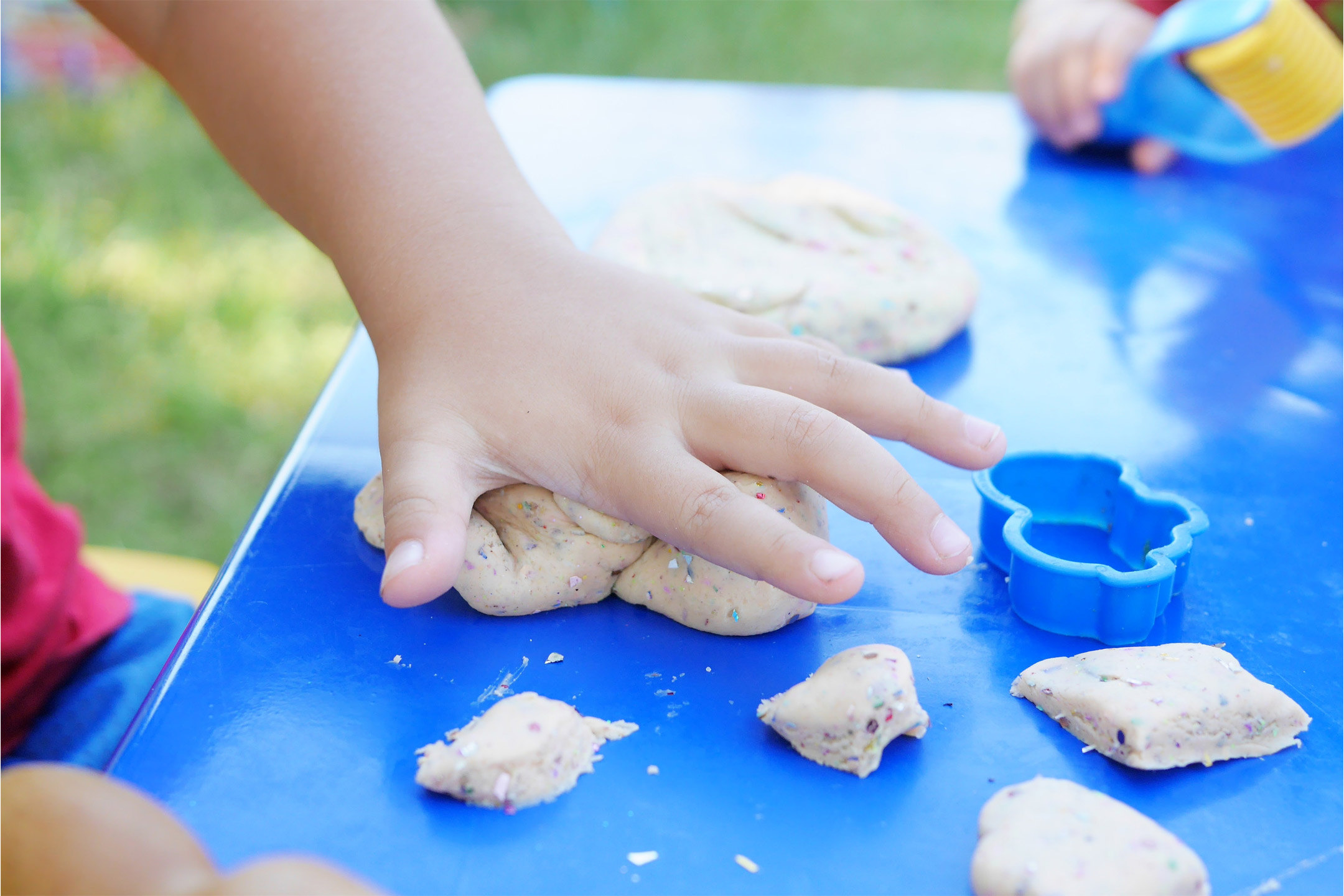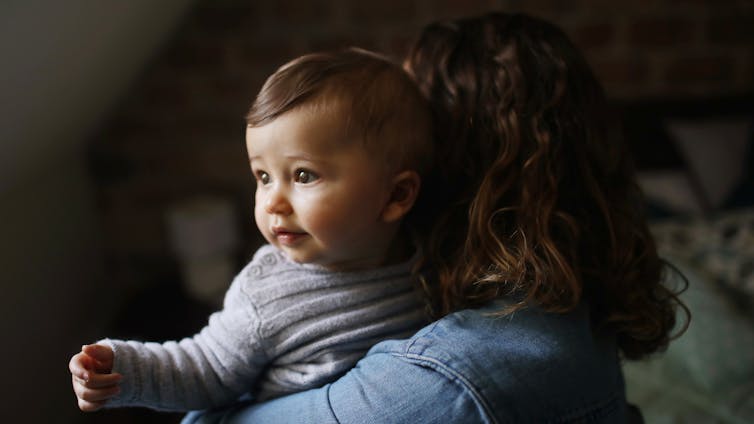
09 Jul How many serious incidents are happening in Australian childcare centres?
We don’t really know. Even though the national childcare quality authority reports on the number of “serious incidents” in childcare services, reports Erin Harper.
This week, a Melbourne childcare worker was charged over the alleged sexual abuse of young children in his care. Families are justifiably appalled and furious, with 1,200 children urged to be tested for a sexually transmitted infection.
This is the latest in a string of serious safety concerns this year alone, exposing systemic issues in our early childhood sector.
Recent investigations have exposed reports of neglect, with inadequate food, unhygienic nappy changes, and physical and sexual abuse at daycare services.
Unfortunately, there are too many incidents to be seen as “one-offs”.
But how widespread are unsafe or abusive practices in Australian childcare centres? The short answer is, we don’t actually know.

The number of ‘serious incidents’ in childcare
The national childcare quality authority reports on the number of “serious incidents” in childcare services.
This includes the death of a child, and serious injury, illness, or trauma requiring urgent medical attention. It also includes a child going missing or unknowingly being locked in or out of the service. But it doesn’t technically include child abuse. Unless, for example, the abuse resulted in a situation where the child required urgent medical attention.
The national childcare quality authority’s data show a slow but steady increase in the rate of serious incidents over the eight years to 2023–24.
For example, the rate of reported serious incidents in 2023–24 was 148 per 100 approved services. This is higher than the 139 reported in 2022–23 and 124 in 2021–22.
Higher-quality services have been found to have higher rates of reporting for serious incidents. This may be because they have clearer processes, more experienced or qualified educators, or higher ratios of educators to children. We also know larger services tend to report more serious incidents than smaller ones.
For-profit services have been found to have higher breach rates than not-for-profits. A breach is any instance where a regulation or law was not followed.
What about under-reporting?
Some incidents may not even be reported in the first place. Under-reporting could occur unintentionally. For example, the service may be unaware of an incident, or educators may not recognise what constitutes a reportable incident, or they may be unsure how to report the different kinds of reportable incidents.
Unfortunately, underreporting may happen intentionally. When a service reports an incident to their state or territory regulatory authority, they may be subject to an investigation and/or heightened scrutiny in future. This could be a deterrent for some services to report incidents.
What about child abuse?
At the moment, if physical or sexual abuse of a child is suspected at a service, incidents and allegations should be reported through a national online portal within seven days.
The federal government has just announced that from September 1 this year, the window will come down to 24 hours.
The portal is provided by the national childcare quality authority, but it can be accessed by state and territory regulatory authorities.
But childcare services are also subject to state and territory child protection legislation. The definitions and reporting requirements for different child abuse situations vary across states and territories.
This makes the data messy and difficult to track.
There are other reporting requirements
Services also need to lodge other kinds of notifications relating to children’s health and safety. Examples might include incidents of broken glass in a centre, a severe infection outbreak, a damaged fence, or the presence of someone who was not authorised to be there.
Again, some of these incidents go through a national online portal, whereas others might go to state or territory child protection authorities, departments of education, or departments of health.
As the national quality authority noted in its 2023 report into childcare safety, this means different organisations are collecting information and may not always use the same terminology or reporting timeframes. They don’t necessarily share the information they have.
This lack of coordination also means we do not have consistent national data collection on child abuse and other aspects of child welfare in daycare centres.
What now?
We need a national, consistent approach to collecting and sharing data about safety in all childcare services. This would require a committed collaboration between state and federal agencies.
Currently, crucial information about what is happening in services is not shared between jurisdictions. Just as we do not have good information about high-risk potential employees (in part, due to issues with the working with children checks system).
But on top of fixing how data is collected and shared, we also need to examine how it is reported in the first place.
All early childhood educators should have child protection training to increase understanding across the sector. We also need simpler and nationally consistent procedures for services, so it is easier for educators to recognise and report child safety incidents.
If this article has raised issues for you, or if you’re concerned about someone you know, you can call 1800 Respect on 1800 737 732, Lifeline on 131 114, Kids Helpline on 1800 55 1800, or Bravehearts (counselling and support for survivors of child sexual abuse) on 1800 272 831.![]()
Erin Harper, Lecturer, School of Education and Social Work, University of Sydney
This article is republished from The Conversation under a Creative Commons license. Read the original article.




